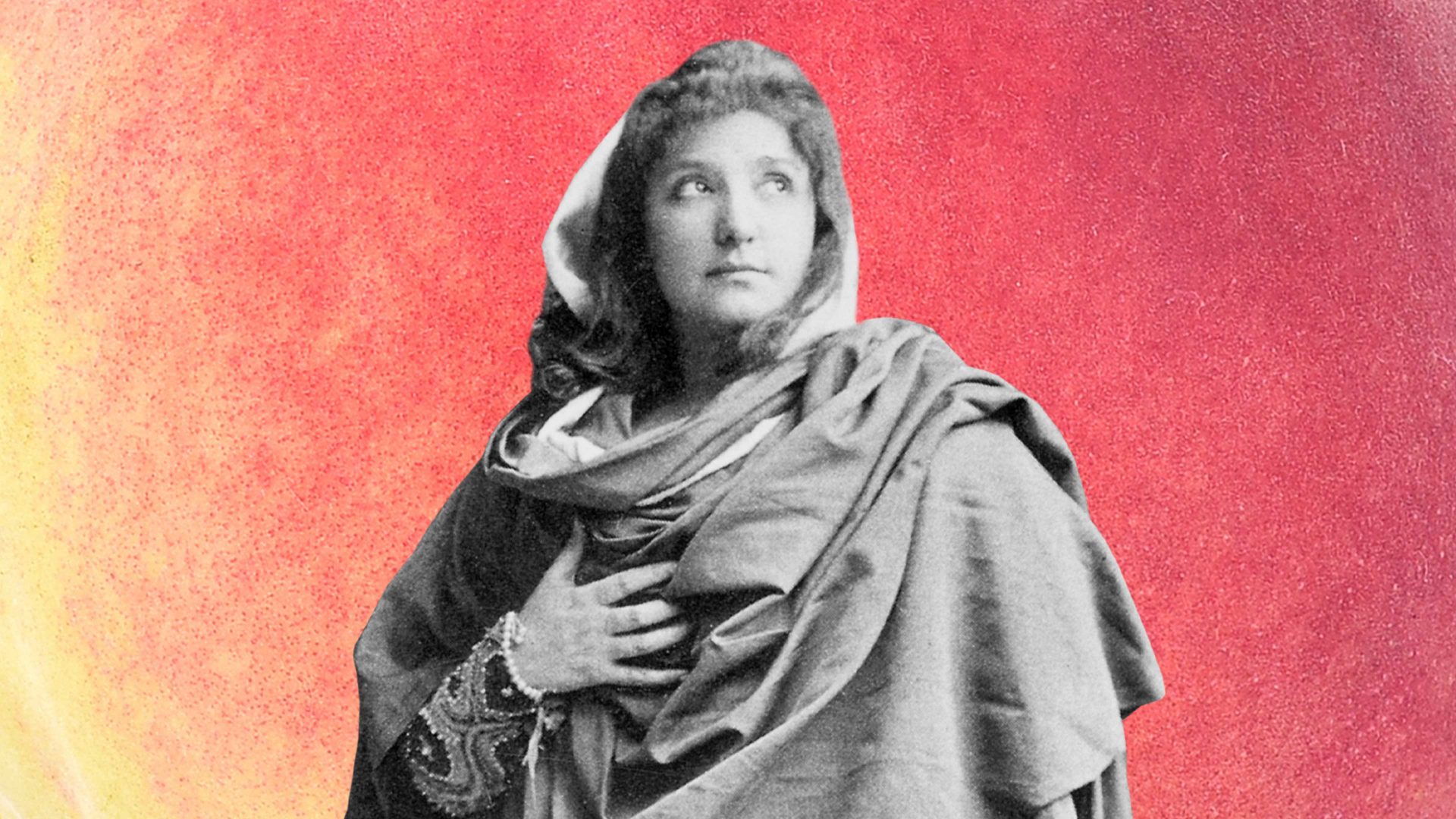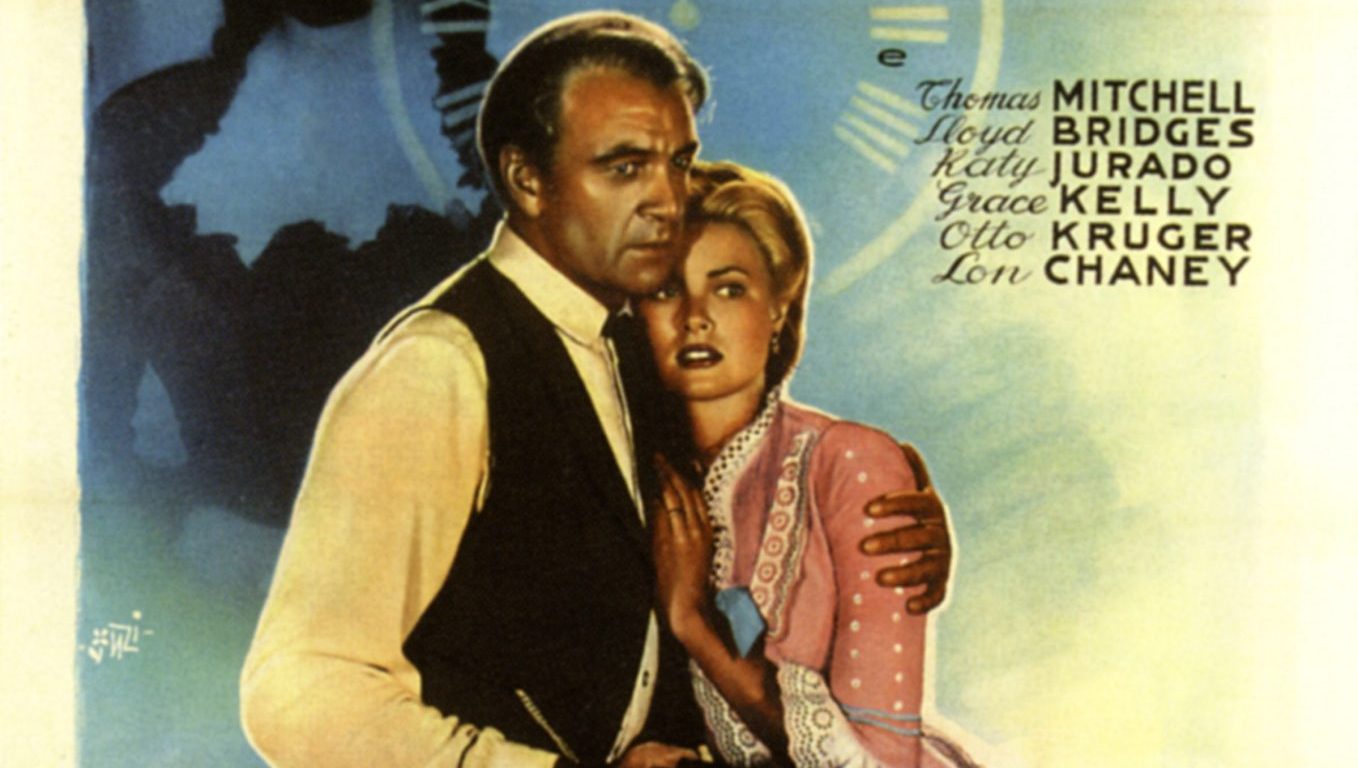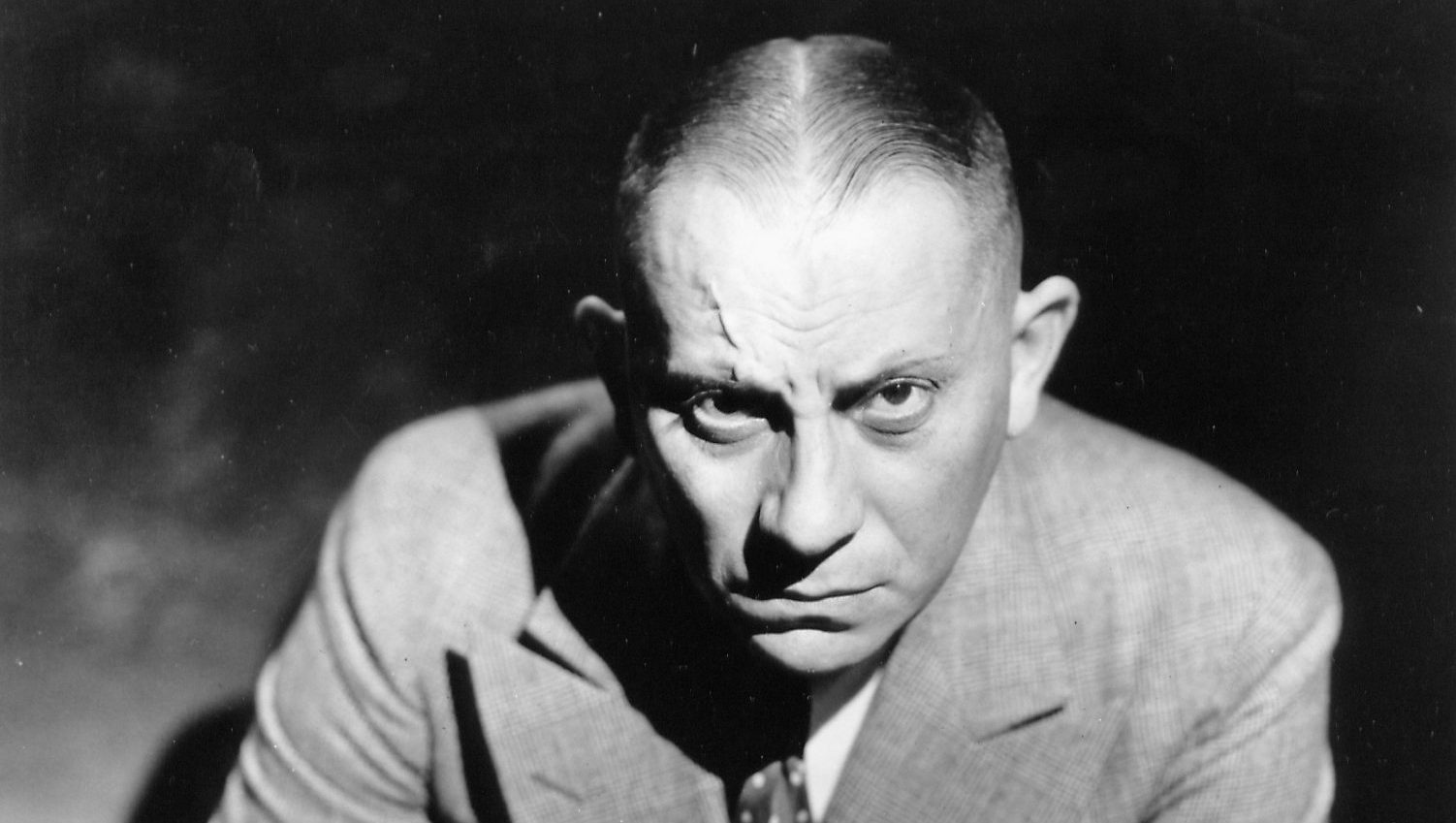The renowned Australian coloratura soprano Dame Nellie Melba (1861–1931) is reckoned to be the first Australian to gain international recognition in the field of classical music. Unlike her pseudo-Italian surname, Melba, coloratura is a genuine Italian word which translates into English as “colouring”. It refers to an elaborate operatic virtuoso singing style which involves much ornamental embellishment, with complex runs and difficult trills which demand considerable vocal control.
Peach Melba is a very well-known dessert made of fresh peaches and raspberry puree served over vanilla ice cream. It was created in the early 1890s by the famous French chef Auguste Escoffier when he was working in London at the Savoy Hotel on the Strand. He named it in honour of Nellie Melba on the occasion of a dinner party given for her by the Duke of Orléans, the pretender to the French throne, after her triumphant performance as Elsa in Wagner’s opera Lohengrin at the Royal Opera House in Covent Garden.
It is reported that Escoffier’s original way of serving this dessert was to place it in a silver dish on top of an ice sculpture of a swan. This was a reference to the scene in the opera where the Wagnerian character, Lohengrin, the son of the Arthurian hero Parzifal or Percival, is sent to rescue a maiden in a boat towed by swans. Escoffier originally called the dish Pêche au cygne, “peach with swan”, but he renamed it Pêche Melba a few years later, and added raspberry coulis to the recipe.
Melba toasts – crisp and thinly sliced rusks – are also called after Dame Nellie. It is thought that this name came about when the singer was very ill, and the rusks, as something light and easily digestible, became an important part of her diet.
Nellie Melba’s real name was the rather prosaic Helen Porter Mitchell; her father, David Mitchell, was a Scot from Forfar who had emigrated to Australia when he was in his 20s.
She adopted the more exotic-sounding Italianate stage name Melba, which she derived from an abbreviated form of the name of her birthplace where she also gave her first performances: Melbourne, the capital city of the state of Victoria and Australia’s second-largest city. Her family later moved 2,000km north to the town of Mackay, in Queensland.
The State of Victoria was, of course, named after Her Majesty Queen Victoria, but the city of Melbourne itself – and so indirectly Dame Nellie – was named after Queen Victoria’s prime minister, William Lamb, the 2nd Viscount Melbourne.
Lord Melbourne’s father, the 1st Viscount, took this title, on his elevation to the peerage, from the name of the English Midland market town where he lived and owned property, Melbourne in Derbyshire. (The traditional indigenous Australian Woiwurrung-language name for Melbourne is Naarm.)
The Derbyshire toponym Melbourne first appeared in record in the 11th-century Domesday Book as Mileburne, meaning “mill stream”; the Old English word burn referred to a stream or brook.
Other English placenames with the same onomastic “mill-stream” origin include Milburn in Cumbria and Milborne in Dorset. Further regional variants also exist, such as Millbeck in Cumbria and Millbrook in Bedfordshire. Beck was the Old Norse equivalent of Old English burn, so the place name Millbeck tends to occur in regions settled by the Vikings, such as the Lake District.
CYGNET
Swan is an ancient Germanic word, with modern forms such as German Schwan and Norwegian svane. The French word cygne “swan”, as used by Escoffier, did not appear in Modern English until the form cygnet “young swan” first entered the English language as a loan-word in the 15th century.




